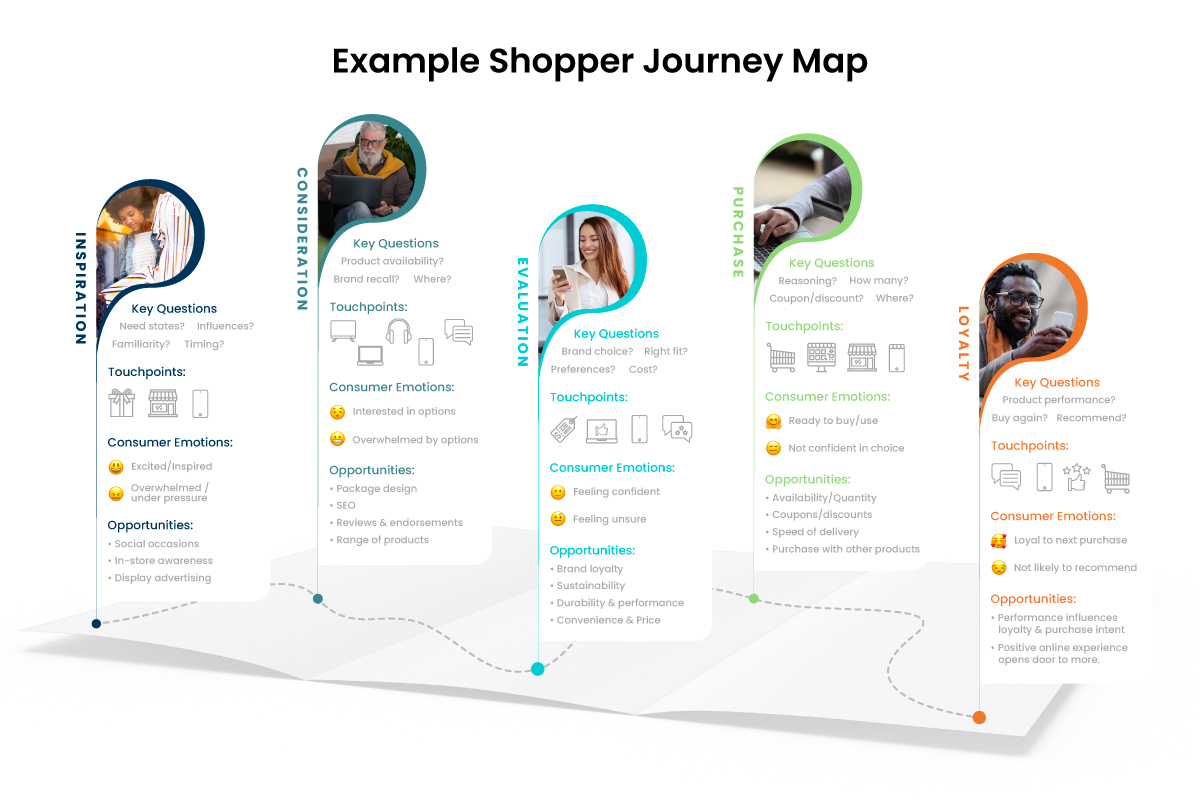
During any given year, brands spend a portion of their revenue on market research to better understand how they are perceived by their customers and potential customers. Various brand studies are utilized to inform the planning for strategic marketing campaigns, product positioning, brand attributes, whitespace opportunities, and so much more.
In fact, over 73 billion dollars was spent on market research in 2019 worldwide. Consider the sheer magnitude of data and insights uncovered by all that effort: millions of surveys, slideshows, and spreadsheets, along with millions of hours of focus groups, in-depth interviews, and presentations of results.
Now, ponder how quickly much of that work lost applicable value when the pandemic hit and significantly changed all our lives. Nearly two years later, we are still experiencing COVID-19, and brands continue to feel the ever-changing effects of its hold on the world. Right now, brand identity, product positioning, and marketing messages are more important than ever for you to reconnect with consumers’ current perspectives and perceptions so that your brand strategies align with their lives and needs.

Brand Loyalty – Is my brand stronger or weaker than I might expect?
Before 2020, when is the last time you remember going shopping and seeing the bulk of the products from your shopping list being out of stock? A quick image search shows evidence of stores across the world with empty shelves where inventory is (usually) so dependably stocked up. While this has occurred less often since the early weeks of the pandemic, we are still experiencing short supply of various brands across a wide range of categories.
Situations like this are what started changing traditional consumer behaviors (what would have been shown in market research from 2019). Consumers were stuck purchasing whatever brands were available at the time, rather than the brands they’ve established a loyalty with. That loyalty is one of the biggest branding research questions businesses should be asking – is my brand loyalty still as strong today as it was pre-pandemic, or do I need to work to regain it? Has my brand gained strength because of an opportunity to gain customers through my distribution channels, whether that be stronger store availability, better brand positioning relative to new issues that the pandemic created, or strong online availability while few were in stores shopping?
Shopper Journey Maps – The New Map Is Quite Different
With an everlasting goal of increasing interest, purchase intent, and overall purchase behavior, brands must be able to trust market research and insights to inform their marketing strategies, brand and product positioning, and understanding of their core consumer segments. The difference between today’s channels for inspiration and those of even just two or three years ago is that today’s channels are balanced quite differently. Each generation leans further and further into their mobile devices as the answer to all their questions, so the influence of the smartphone/tablet has the potential to vastly outweigh more traditional channels. Is your brand’s influence in the shopper journey generation-centric to reach your core target?
Additionally, when the pandemic hit, it wasn’t just younger generations going virtual. Everyone was pushed to adopt a way of life that included more internet usage than before. This is where the shopper journey map can potentially skew the furthest from its former layout because the connection available online offers such a wide array of influences for inspiring brand awareness and brand loyalty. There are more and more paths to reach the different generations through the internet, each with its own path and desired messaging technique.
Further still, online retail stores now outnumber brick-and-mortar retail stores by a measure of 5-to-1 in the US alone, a staggering ratio we would not have seen pre-pandemic. This increases competition for consumer interest and it increases the value of brands being able to inspire that interest via online channels. The later stages of the shopper journey map require brands to focus on these opportunities for inspiration, eventually leading to consideration, purchase, and loyalty. Is your brand approach following an outdated journey map?
 Brand Tracking Programs – Are Your Efforts Taking Full Effect?
Brand Tracking Programs – Are Your Efforts Taking Full Effect?
The information you gather in brand tracking should not only show you the impact from the past month or quarter but also help you understand how to minimize brand loyalty decline while still maximizing potential gains. In order to do that, the breadth of information needed has changed from pre-pandemic days.
Are the metrics you’re tracking covering the full scope of the new shopper journey map and brand loyalty metrics?
- Do you analyze the impact of “forced” switching due to lack of availability and how to regain share or maximize brand loyalty if your brand has increased its share?
- Gather insights on your brand loyalty based on your brand messaging during the pandemic relative to very new and very strong health and safety needs.
- Look for brand loyalty and brand awareness opportunities based on changed consumer sentiment from these (very different) past two years.
At 360 Market Reach, we have conducted a great deal of market research to understand the changes to consumer behaviors and shopper path-to-purchase, we have tracked shifting consumer sentiment, and have learned a number of ways to both strengthen brand loyalty and find new avenues to impact potential customers in their shopping journey.
If you’re already refreshing these key brand research contributors for your 2022 strategies, then you are clearly on top of your details. However, if you’re scrambling to update these items or others similar to them, turn to our team and let’s discuss how we can help you make a difference for this year and beyond.

 Brand Tracking Programs – Are Your Efforts Taking Full Effect?
Brand Tracking Programs – Are Your Efforts Taking Full Effect?